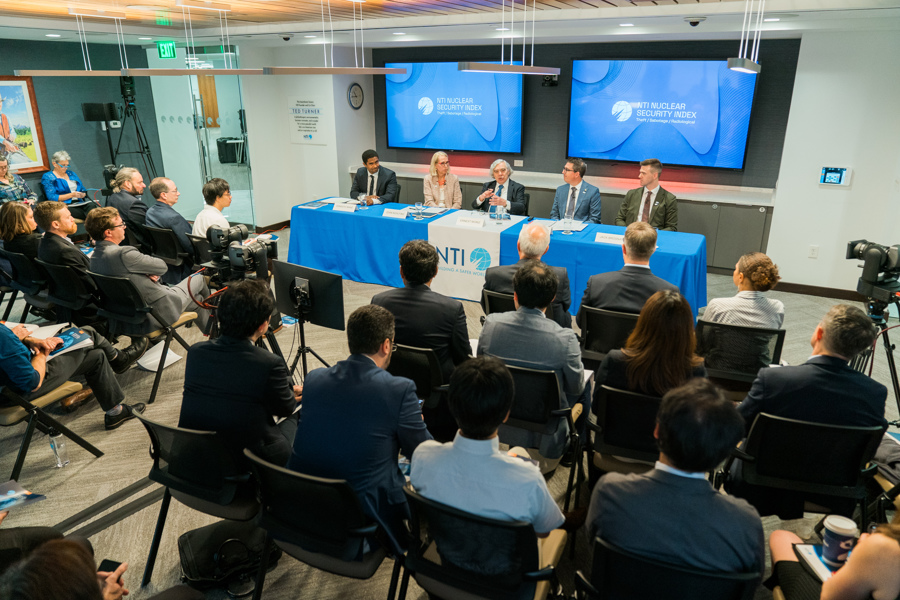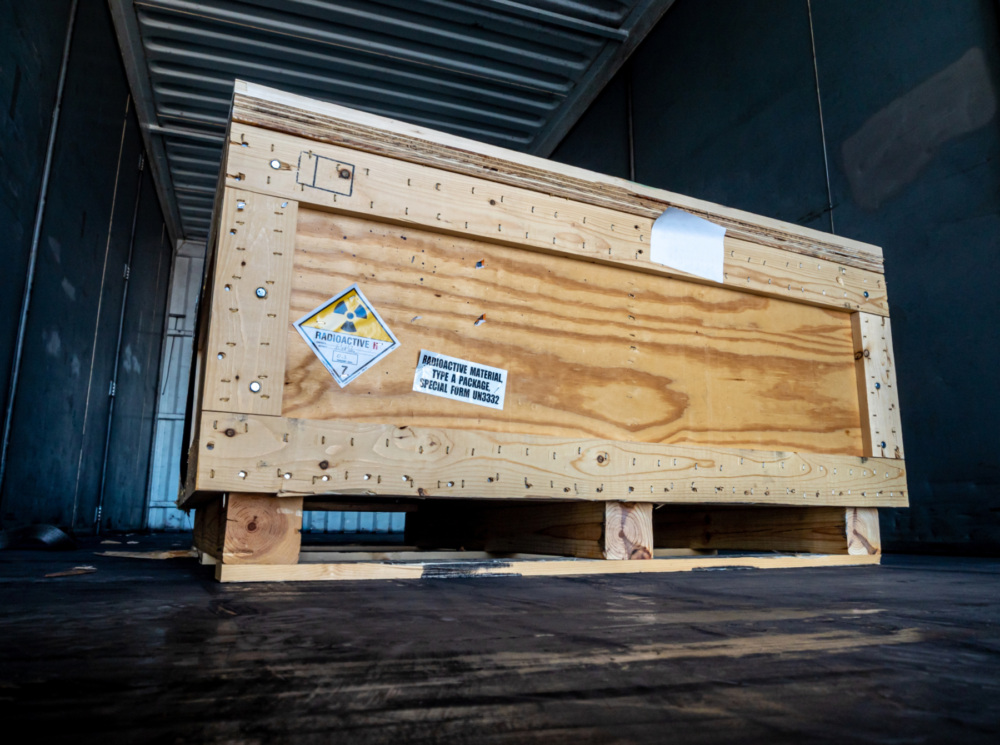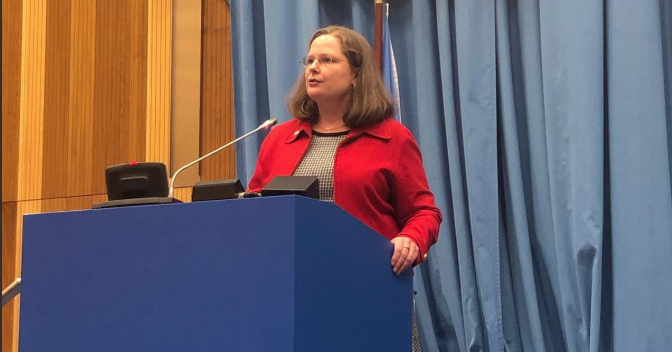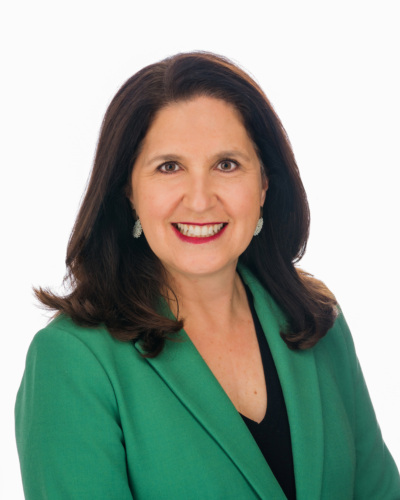Learn how to track and recover orphan radioactive sources through social media and satellite images. View a 3D model of a dismantled nuclear bomb in your own home! Peek inside a nuclear reactor and learn how it can be made proliferation-resistant.
Explore this set of new analysis and interactive content created by experts at the James Martin Center for Nonproliferation Studies (CNS) for the Nuclear Threat Initiative.
Radioactive Investigators: Recovering Orphan Radioactive Sources with Innovative Methods and New Tools
CNS experts Margarita Kalinina-Pohl and Michael Scott Duitsman, along with and Dr. Ionel Balan from Moldova’s National Agency for Regulation of Nuclear and Radiological Activities, explain how new tools can be used to track and recover unaccounted for radioactive ("orphan”) sources in Moldova. Published with an interactive case study, this article describes how these new tools – including social media searches, satellite and aerial images, and online surveys – are a force multiplier for traditional inspections and investigations into radioactive sources. Click here to view the article.
Dismantle Bombs, Not Treaties
CNS Research Associates Jamie Withorne and Anne Pellegrino explain the risks to international security and stability posed by stalled progress on nuclear arms limitations and reduction between the U.S. and Russia. To emphasize that the world must “dismantle bombs, not treaties,” the CNS team offers readers an interactive experience of what it is like to dismantle a bomb with a 3D model of a dismantled U.S. B83 bomb. Using augmented reality technology, the 3D bomb model can super-imposed in day-to-day settings – like someone's living room! Click here to view the article.
The Little Known Success Story of U.S.-China Nuclear Security Cooperation
CNS experts Miles Pomper and Ferenc Dalnoki-Veress recount the under-the-radar success story of U.S.-Chinese cooperation to convert Miniature Neutron Source Reactors (MNSRs) in Ghana and Nigeria from using nuclear weapons-grade highly enriched uranium (HEU) fuel to low-enriched uranium (LEU) fuel. LEU cannot be used for nuclear bombs, so this conversion makes the research reactors proliferation-resistant and lowers nuclear terrorism risks. The article is complemented by a 3D model of an MNSR for readers who want to peek inside the reactor and learn more about how the conversion works. Click here to view the article.





